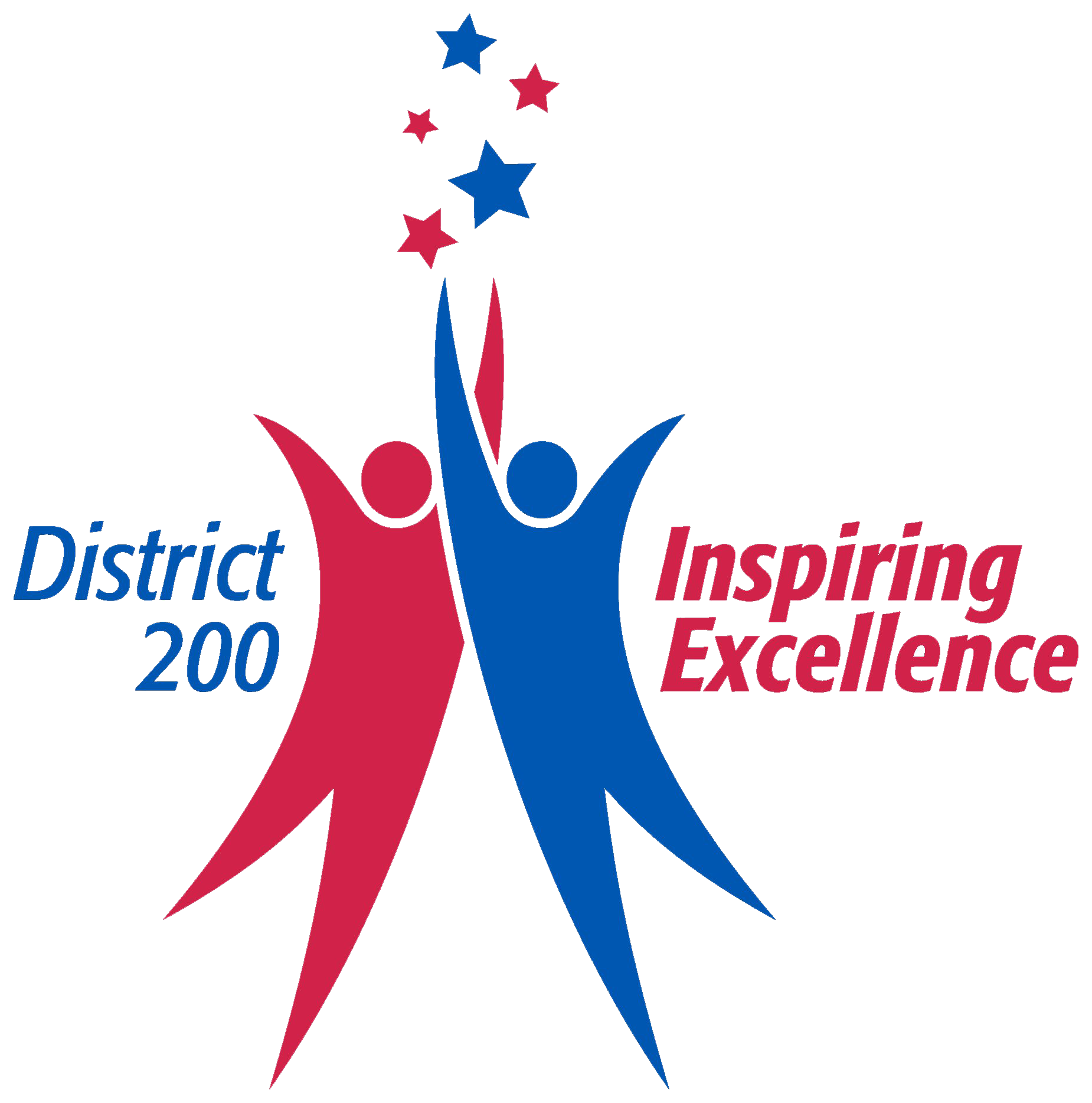Continuum of Programming
Early Childhood - Jefferson Early Childhood Center
The Early Childhood Special Education Program provides services to meet the needs of children between the ages of 3 and 5 who experience educational challenges in the areas of speech-language, motor, social-emotional, adaptive and/or cognitive functioning. About 2/3 of Jefferson students have some type of a special need or disability and 1/3 of students are typically developing students who pay tuition to attend the school. Students may begin school at Jefferson after their third birthday and can attend until they reach kindergarten-age. For more information, visit Jefferson's website.
School-Aged (Kindergarten - High School)
A full continuum of services for students ages kindergarten through high school are available. Information regarding services available at each building can be obtained from the buildings’ principal or assistant principal.
Transition Program
This program is designed for students aged 18 to 22 years old, who are enrolled in the Wheaton-Warrenville Community Unit School District 200. Students enrolled in this program have attended four years of high school and have an Individualized Education Plan (IEP). To be a candidate for this program, a student's high school IEP team must recommend that the student continue to receive special education services in order to promote the acquisition of skills that lead to adult independence. The program provides functional education and training in domestic, vocational, community, and social/leisure skills.
The Transition Program is located in the community with easy access to public transportation at 100 Bridge Street, Wheaton, IL 60187. (630) 480-2463
Transition Program planning becomes primarily student-directed, although parents continue to remain vital members of the IEP team. The Transition Program focuses on creating opportunities for students to build on post-secondary goals in the classroom, vocational, and community settings. These outcome-based goals and objectives are the foundation for each student's IEP and drive their activities throughout the day. The IEP team gathers this information from the individual student's preferences, interests, needs and strengths. As part of student future planning, Transition Program staff will work with students and families to identify and connect them with adult support services and eligible benefits available through community and state agencies.
Families are encouraged to visit the Special Needs Future Planning site created by the CUSD 200 transition team as a guide to adult support services and eligible benefits.
Resource & Direct Level of Support (EC-12)
Resource level of support is designed for students who require special education services for 0-100% of their school day. At this level of support, students are provided with special education services and support while receiving a rigorous general education curriculum in the general education setting. This level of support in an inclusive experience that encompasses service delivery models such as co-teaching, push-in/integrated services, pull-out/resource services, direct services and consultative support. Students participate in general education classes to the fullest extent possible and the specialists (speech, OT/PT, academic support, social work, vision itinerant, etc.) provide services through a push-in and/or pull-out model. Resource services are available at all District 200 schools.
Instructional Level of Support (EC-12)
Intensive, instructional classes are provided to students who require special education services for 61% or more of the school day. Students in these classes benefit from instruction in a small group setting from a certified special education teacher. Students are integrated into regular education classes to the fullest extent possible.
PISA (Primary & Intermediate Supportive Academic program) Classrooms (K-8): These classrooms focus on helping students with learning and/or social emotional learning difficulties. The structure of the classroom helps students to acquire strategies and skills through intensive interventions in reading, math, written language, social skills, and speech and language. Direct and small group instruction provides an opportunity to tailor the learning environment for each child.
Essential Classrooms: For students with moderate and significant disabilities are guided by the Illinois Essential Elements. Program curriculum is organized around four community-living domains: Domestic, community, vocational, and recreation/leisure. Instruction and therapy for academic, social, communication, and motor skills is embedded throughout each domain.
SAIL (Social Academic Integrated Learning) Instructional Classrooms (K-5): This program is designed to meet the needs of children in the areas of communication, social interaction, and sensory/behavior regulation in a small, structured setting with a low student-to-staff ratio. Positive behavioral interventions and strategies are used to address behavioral difficulties, resistance to environmental change, and engagement in repetitive or stereotypical activities. The program focuses primarily on developing the language, social, play, academic and school routines outlined in the Verbal Behavior Milestones and Placement Program.
SKILLS (Gr. K-12): SKILLS stands for Supporting Kids in Lifelong Learning of Social-Emotional SKILLS. This program is designed to provide intensive services and support to build social-emotional, executive functioning, and behavioral skills while students have access to grade level curriculum.
Out-of-Districts Placements (EC-12)
For students whose educational needs are so unique that they cannot be adequately addressed in a public school program, the student’s IEP team may consider out-of-district special education programs that are available in the surrounding area.
Home/Hospital Instruction (EC-12)
Instructional services that are provided to any student with a medical condition that will cause an absence from school for a period of time The medical condition must be verified by written statement from a licensed medical examiner. In conjunction with the medical examiner, school personnel must determine if the student can educationally benefit from such a program.
